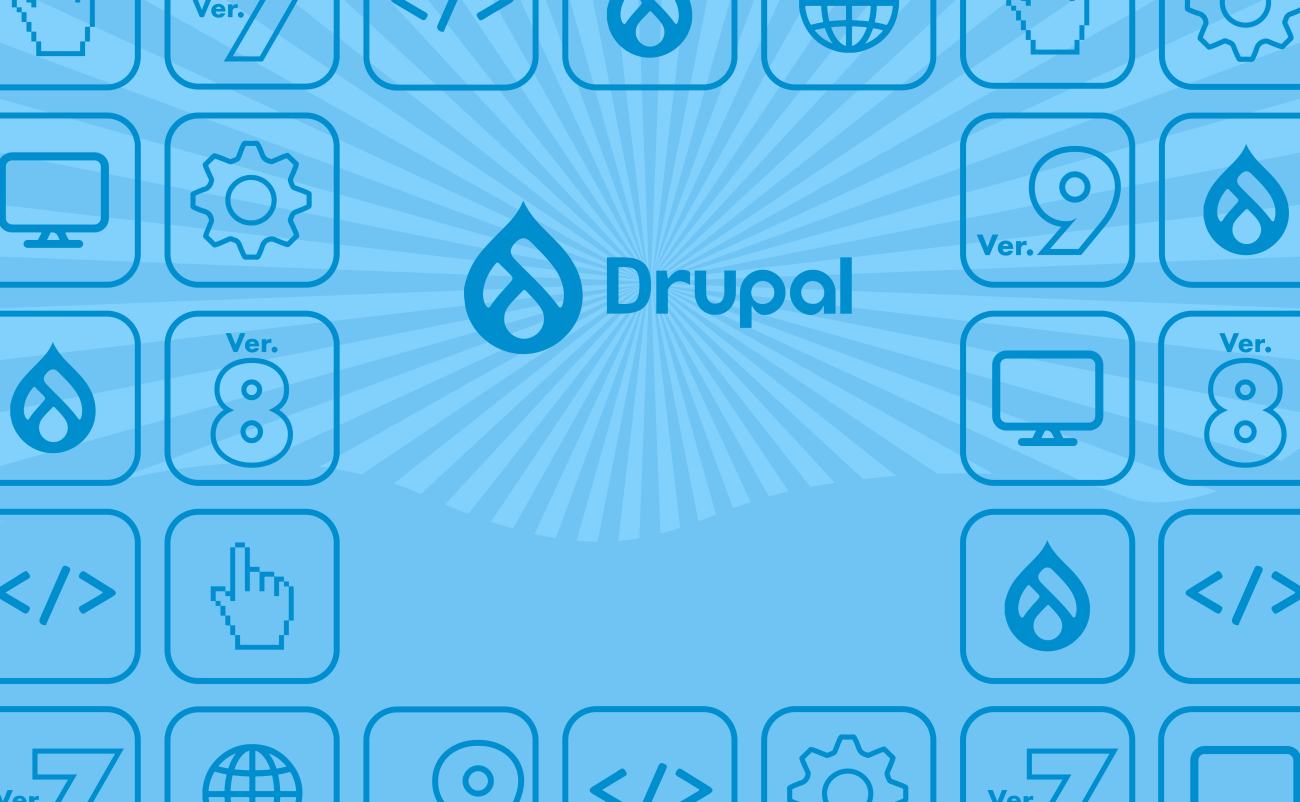What to Do While Your University Waits for Drupal 8

Share
Drupal 8 is here. Almost. As a marketing or IT leader at your university you’ve got enough to worry about. Let’s hold hands.
Many Kalamuna members were highly engaged in their respective university ecosystems, so it’s no understatement to say that we understand the space inside and out. From inside, we ran the student radio, newspaper, or government. Today, as an external partner, Kalamuna is in the unique position of working across the entire spectrum of higher education: from public to private, and state to city. This vantage point motivates our responsibility to cross-pollinate and strengthen these diverse internal ecosystems.
The BADCAMP Higher Education summit I help organize – Oct 23 marks our 5th year – is a great showcase of inspiring stories and collegiality. This year’s theme is hot on everyone’s mind, and titled "Drupal 8… but wait!” But don’t wait to register… the future is but a few keyboard clicks away.
We’re all different, and that makes us similar
Some institutions support and maintain flexible, user-extensible distributions and infrastructure for deployment like UC Berkeley and UCSF, while others tend walled gardens with product-like use cases, such as Harvard and Cornell. As diverse as the ecosystem is, everyone is debating what to do about the eminence of Drupal 8.
Drupal adoption in higher ed is stupendous (around 40% on average, and over 70% amongst the top 100 universities according to Acquia) so the network of support in taking on the challenge of an 8 migration is there if you reach out. And, most refreshingly, if your institution is still supporting Drupal 6 sites, there is a direct upgrade path to 8 that’s even smoother than the 7 to 8 pathway at this time.
But 8 has yet to be battle tested, you say. Fair enough.
Can you afford to wait?
Institutions of higher education generally act with fiscal restraint when it comes to technology investment, so jumping on the latest shiny thing isn’t modus operandi. But there are always outliers. Attending this year's hi-ed summit at NYCamp, I heard of a university leader who, despite committed stewardship of his local Drupal User Group, decided to start building out new departmental sites in Django over a year ago rather than wait for D8 to exit beta.
A year later 8 has come a long way. If you are hiring developers, expressing a view towards 8 will be important in attracting talent. More importantly, Drupal isn't just software, it’s a community of users driven to provide a flexible website framework. The sooner we all start flexing Drupal in the direction higher education is headed, the sooner it will respond to and incorporate our contributions.
Why is 8 so great?
Drupal 8 announces some really great features, including a modern templating engine (twig) and responsive layouts, configuration management , and a robust services layer. Many mission-critical modules like Views, WYSIWYG, and Migrate are part of Drupal core, which makes them even more reliable and stable.
While the remaining cobwebs are cleared out of Drupal 8 core and contributed modules are made production ready, you should be planning for 8 now. Before you fully commit, engage in free and casual play with the new hotness. Build an internal project site, create a little service that spits out JSON, or provide a microsite for the College formal.
Every university ecosystem is laden with first, second, and third party integrations. Your institution likely relies on a single sign-on solution like CAS, SAML, and/or LDAP and the relevant Drupal modules will likely not be ported for some time after 8 is officially released. However, your planning shouldn’t be limited by a technological imperative. Technology is just a tool we put in service to a cause. The mission to support students in their education, faculty in their research, and staff in their facilitation of the above has never been more relevant in the face of all the challenges our contemporary reality faces.
Independent of this playspace, it’s time to develop a revised strategy for your school, department, or unit’s web presence.
5, 6, 7: how do I plan for Drupal 8?
At the end of the day, no one is competing with you to build your university website. You are the authority. But, at the center of this whole system sits the user, and their experience. Your audience is only as captive as your website is captivating. Will prospective students attend your school? Will current students understand credit requirements to graduate? Will your program retain the top research faculty it needs to secure its funding?
An academic website shouldn’t replace the human touch, but if it presents information clearly, and its navigation is uncluttered and intuitive, the administrative burden on support staff can be lessened, and the technology can truly empower its users and the institution as a whole in its primary mission.
I’m motivated. Where’s the advice?
“If you build it, they will come” doesn't apply. Even the technology companies perceived as most assertive and visionary create their products in iterative cycles of testing and development.
Before jumping into code, a considered process of research and design is called for. We call this “discovery.”
Now is a great time to look at actual user behavior and deep dive into your site analytics. What stories do the data reveal?
Interview stakeholders to understand their current needs, expectations and constraints. Then synthesize these findings into personas that can drive design and development throughout the project; this will help avoid costly featuritis and keep your eye on the prize.
Build a prototype that can be tested by real users, and on which stakeholders can sign off.
In the time it will take for you and an agency to revamp your front-end experience, the Drupal 8 ecosystem will be evolved enough for your university to adopt it.







